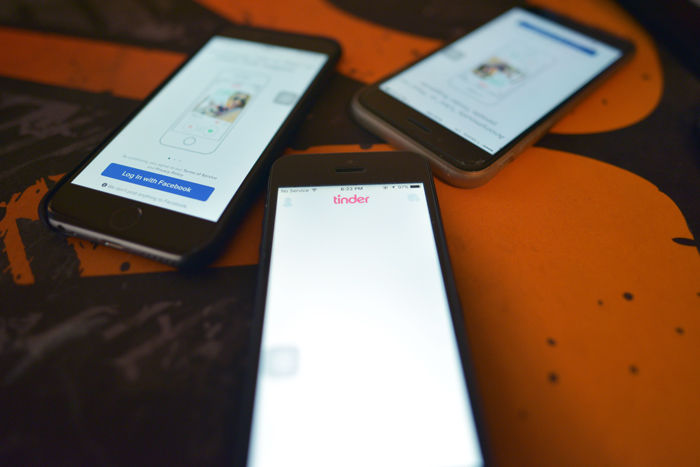Tinder a safety-net for singles
October 28, 2016
Swipe right and you may have a match. Swipe left and you’re on to the next. Most people know what this means, even if you haven’t tried a popular dating app such as Tinder.
Apps like these are simple to navigate: you post a few photos and your age and a GPS helps determine the distance of a potential match if both of the participating individuals swiped right, according to Martin Graff’s article “The surprising truth about why people use Tinder” in Psychology Today.
Taylor Schwab, health education coordinator at Health and Wellness Services, said the increased use of dating apps today correlates with the booming of technology and its simplicity.
“It’s become easiest to open a phone screen and swipe right or swipe left rather than going out and meeting people in real life,” Schwab said. “I think it’s a whole lot easier, especially if people have something that they’re not comfortable sharing out in public yet.”
According to Graff, young men and women tend to have different motives for their Tinder use and some of those are based on evolutionary reasons — men have less worry about pregnancy while women are at a higher risk.
Males reported to have more than four times more one-night stands compared to females, according to Graff.
This causes a man’s intentional use of the app to be more for hook-ups, according to Graff.
Tinder is associated with casual hook-ups, although research has proved otherwise, and more people are looking for love than one may have thought. Graff found that only 18 percent of people studied stated Tinder has led to casual sex.
Other reasons which lead young adults to this dating app, Graff writes, are validation, self-worth, excitement and ease of communication.



















